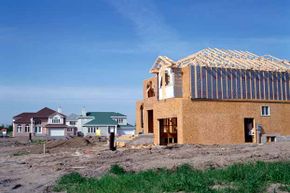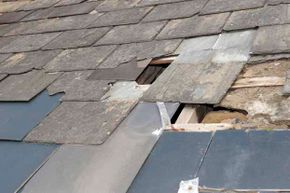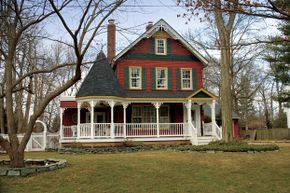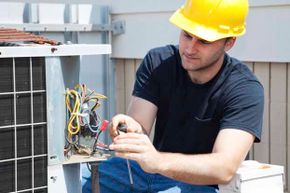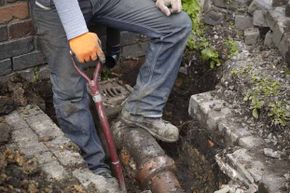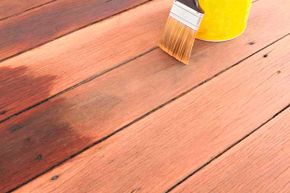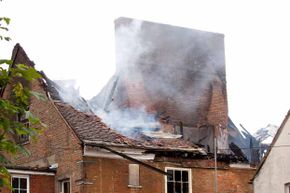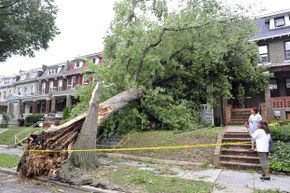As I write this article, there is a man named Bob hammering large holes into the plaster ceiling in my entryway. If you were here, you'd smell what I'm smelling — the acrid odor of wet plaster, rusty pipes and the decades of black goo that has clogged them to a standstill. Bob is breaking up the ceiling to remove a few feet of 85-year-old cast-iron plumbing that's leaking tub water from the upstairs bathroom. With every strike of his hammer, I see dollar signs.
As a homeowner, your greatest fear is that some unnoticed issue — a clogged gutter, a cracked foundation or a leaky roof — will snowball into a catastrophic fail that costs you thousands of dollars. Lucky for us, we invested in a home warranty that covers most of the major homeowning headaches, but not all of them. The ceiling leak is paid for, but if something goes wrong with the sewer line or air conditioner unit outside, that's our problem. Our big, expensive problem.
Advertisement
Maintenance is the best way to avoid the most costly home repairs. A few hours on the ladder cleaning out the gutters could save you thousands in foundation repairs. A quick application of sealant on the driveway could buy a few more years before you have to repave the whole thing. We've assembled a list of the 10 most expensive types of home repairs and the best do-it-yourself maintenance tips to avoid breaking the bank.

